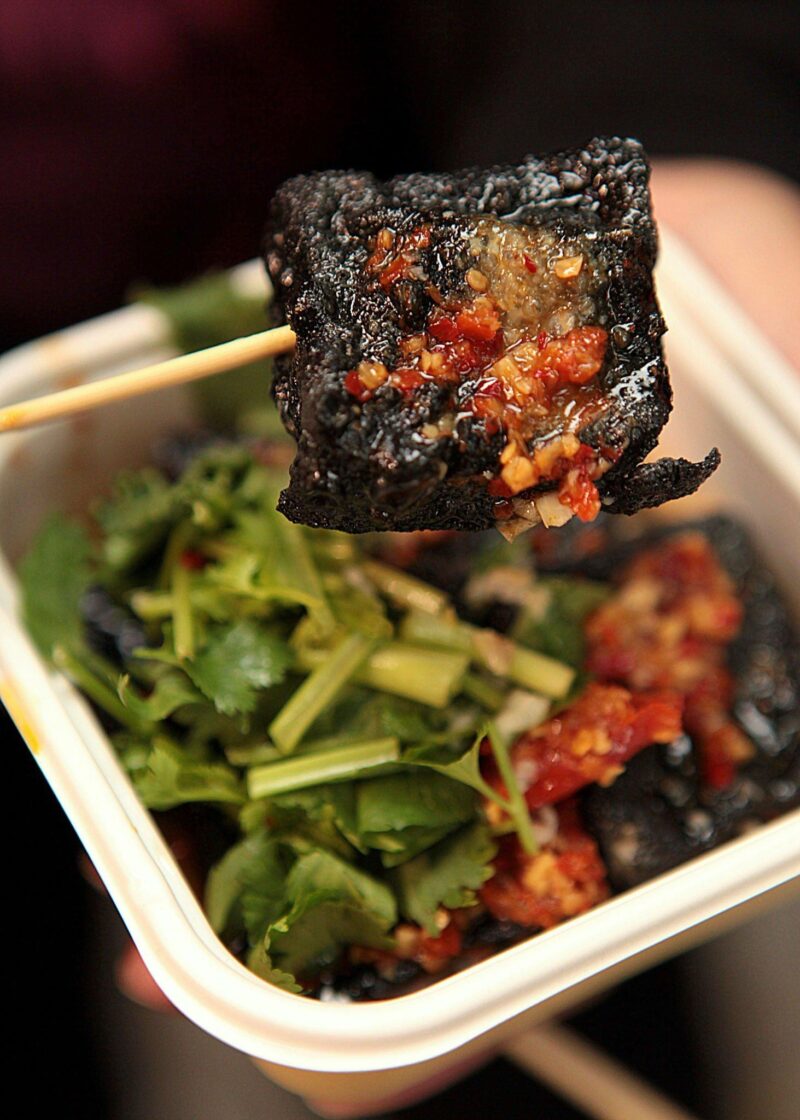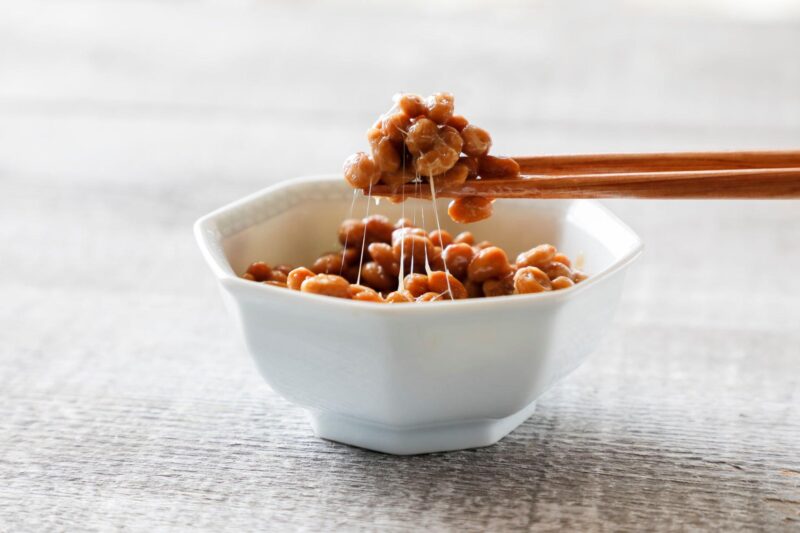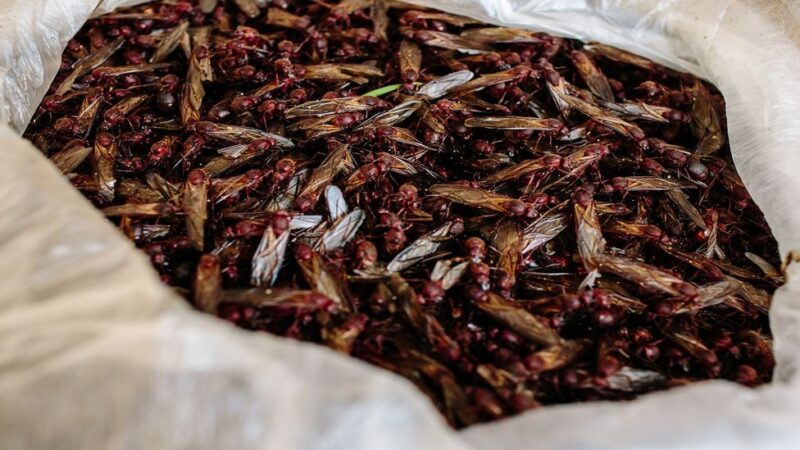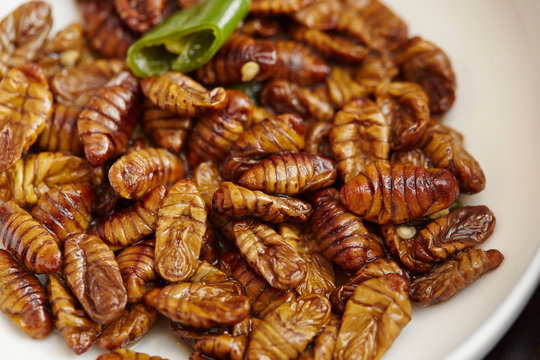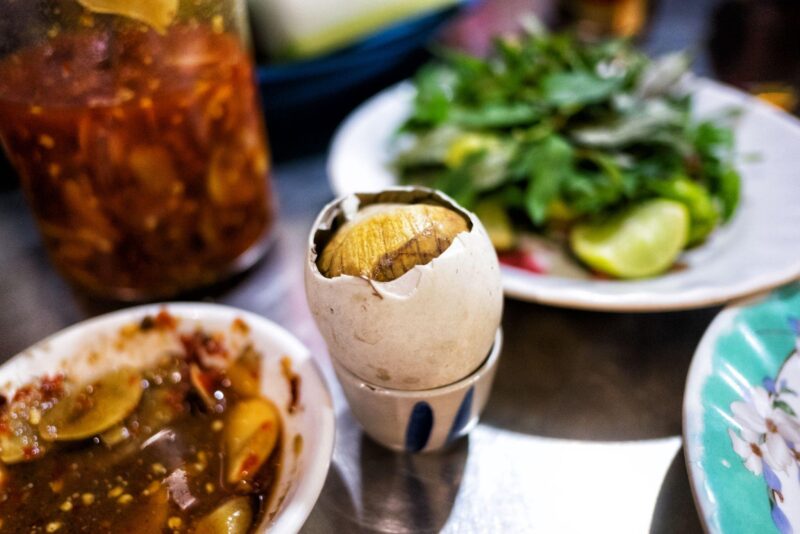Culinary Exploration: Unveiling Exotic Flavors from Around the World

Embarking on a Culinary Adventure through Unconventional Delicacies
No one can deny the exquisite delight of indulging in dishes from different cuisines, whether authentically traditional or creatively innovative. However, certain countries have cultivated culinary cultures around exotic foods that might not immediately resonate with everyone’s palate. The aversion to these foods can arise from their pungent aromas, perplexing flavors, or even their unusual appearances, making some hesitant to partake. Despite these initial reservations, these exotic foods hold a place of significance due to the traditions and techniques passed down through generations, elevating them from mere edibles to cultural staples. Moreover, they offer a unique opportunity for culinary tourism, inviting visitors to experience these foods as more than just spectacles, but as flavors to be embraced and savored.
Each nation boasts a distinct preference for taste and texture, often dictated by the environment they inhabit. Whether derived from lush forests, bountiful oceans, or the depths beneath the earth’s surface, these foods are emblematic of the human instinct to consume whatever is available for survival. While these foods may be entirely safe to eat, their relative obscurity may be attributed to unconventional preparation methods or unfamiliar appearances that can deter even the most adventurous eaters. An illustrative example lies in the world of spices, encompassing an array of flavors derived from various herbs and plants used to enhance the taste of dishes. These spices are often localized to specific regions, sparking curiosity and even trepidation among those unaccustomed to their use.
In the course of your travels, should you find yourself in these captivating countries, consider indulging in these unique food offerings that promise to expand your culinary horizons:
China (Stinky Tofu):
Amidst the bustling night markets of China, an unmistakable aroma permeates the air – that of Stinky Tofu. Contrary to regular tofu, this delicacy carries a robust and pungent fragrance that lingers. It can be enjoyed in a variety of preparations, including deep-frying, steaming, grilling, stewing, or braising, each method contributing to its signature scent. The distinctive odor arises from a longer fermentation process compared to its milder counterpart, white tofu. While numerous tales surround its origin, the precise genesis of this dish remains a subject of debate, adding to its enigmatic allure.
Japan (Natto):
Renowned for its futuristic landscapes, rich cultural history, and delectable cuisine, Japan presents a culinary dichotomy with Natto. Made from soybeans fermented with the unique Bacillus subtilis bacteria, Natto’s reputation is marred more by its appearance than its taste. Despite its somewhat off-putting texture, this superfood offers a myriad of health benefits, including stroke and cardiac infarct prevention, dietary support, and stress relief. A frequent accompaniment to rice, Natto has secured a place in the Japanese diet, progressively evolving into a breakfast staple, thanks to its affordability and compatibility with local convenience stores.
Mexico (Chicatanas):
Within the realm of vibrant Mexican cuisine, a surprising delicacy emerges – Chicatanas, edible ants that contribute to the complex flavors of salsas and moles in certain regions. Characterized by a crunchy, earthy, and smoky profile, these ants possess a distinct flavor that enhances any dish they grace. While the consumption of insects like grasshoppers and crickets has gained popularity across various nations, Chicatanas remain a tradition deeply rooted in Mexican culinary heritage. Harvested during a narrow window after spring rains and torrential downpours, these ants add a layer of seasonal exclusivity to their allure.
Korea (Silkworm Larva):
While silkworms have long been associated with silk production, Korea introduced a novel approach to their utilization – as a culinary delight known as “Beondegi.” These steamed or boiled silkworm chrysalises have transcended their traditional roles and are now cherished for their high protein content, mineral abundance, and vitamin composition. Research touts their potential to enhance metabolism, lower blood cholesterol, prevent liver cirrhosis, and curb fat accumulation. Given their diverse applications, from cuisine to medical usage, incorporating silkworms into the culinary repertoire is a logical extension.
Philippines (Balut):
In the Philippines, Balut holds both culinary and cultural significance as a national dish. This unique offering consists of a fertilized duck egg containing a developing embryo, incubated for approximately 14 to 24 days before being hard-boiled and consumed. Beyond its cultural importance, Balut boasts impressive nutritional content, with a protein content surpassing that of beef jerky. It has also earned a reputation as a safe food choice for expectant mothers. While the prospect of indulging in Balut might initially seem unconventional, its easy availability through street vendors, often paired with a refreshing beer, offers an authentic taste of Filipino gastronomy.
Embarking on a gastronomic adventure to explore these unconventional delicacies promises an enriching experience that transcends culinary boundaries. These diverse dishes, born from the intersection of tradition and innovation, challenge preconceived notions of flavor and broaden the scope of gastronomic exploration. From the captivating night markets of China to the lively streets of Mexico, each country’s culinary tapestry invites you to not only taste their flavors but to immerse yourself in their histories, cultures, and people. These dishes are more than sustenance; they are windows into the heart and soul of a nation. So, pack your bags, embark on a culinary journey, and let your taste buds traverse the world. Your next unforgettable adventure is just a forkful away.






